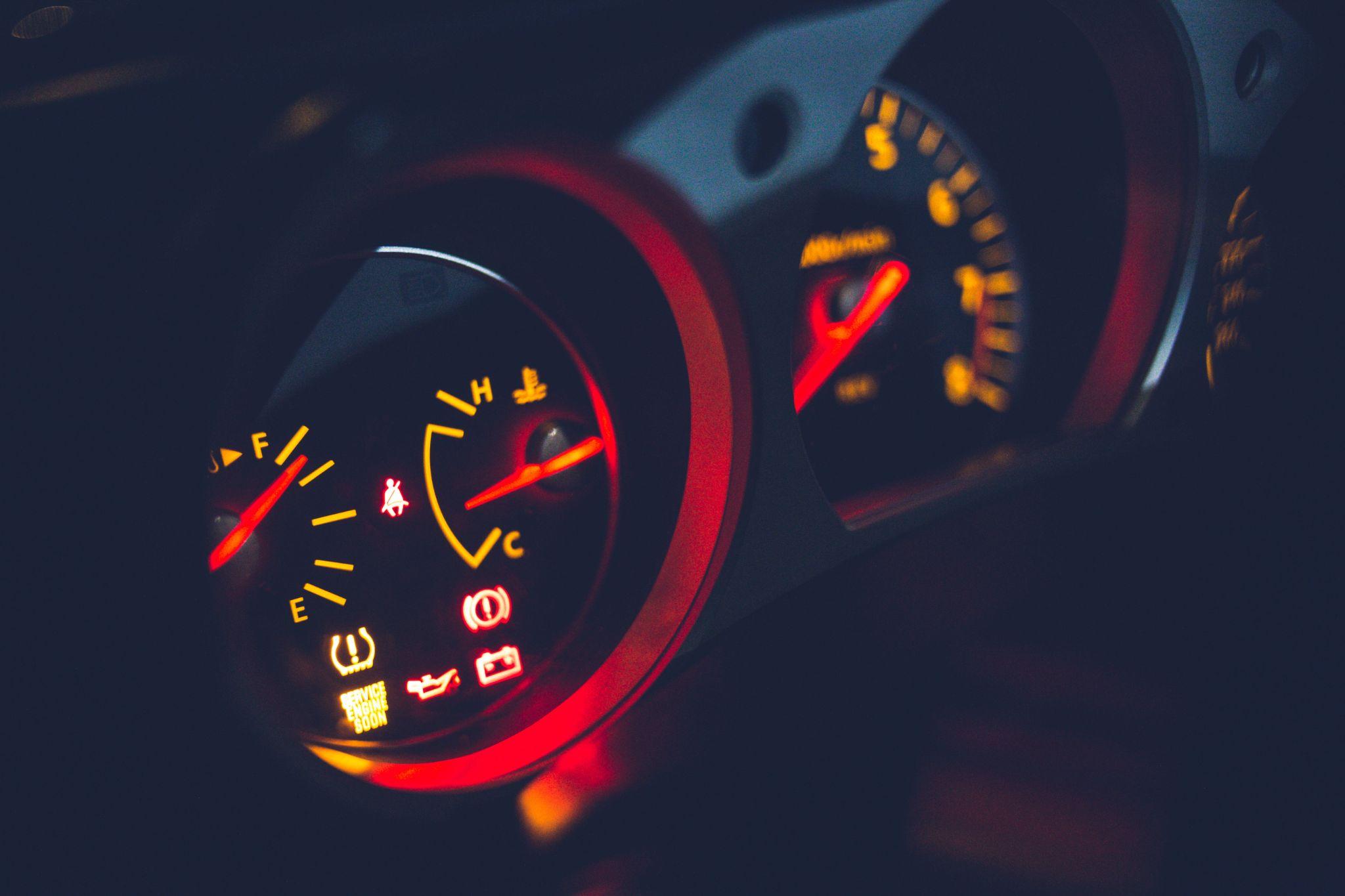What do these car dashboard lights actually mean?

Drivers are being urged to familiarise themselves with their car’s warning lights to stay safe on the road.
Car insurance comparison experts at Quotezone.co.uk have highlighted the meanings behind seven of the more unusual dashboard safety lights.
Photo credit: Pexels
Warning lights on the dashboard indicate that there is something wrong with the vehicle and they should never be ignored.
There are so many symbols on the driver control panel and while most are self-explanatory, it’s good practice for drivers to regularly remind themselves of those relating to the car’s safety features, so they won’t be caught off guard should an incident arise.
The first thing to remember about dashboard alerts is that they follow a traffic light colour system: green means that everything is working correctly, yellow indicates that there is an issue that requires attention, and red signals a serious problem that should be addressed immediately.
Not paying attention to the flashing safety lights could lead to severe consequences, as some of them can indicate serious issues such as a leak in the engine, a flat battery, low levels of brake fluid or an overheated engine.
Greg Wilson, Founder of Quotezone.co.uk said: “Understanding your car’s dashboard warning lights helps you decode crucial messages from your vehicle’s internal systems.
“I can’t stress enough how important it is for drivers to familiarise themselves with the meanings behind different safety lights.
“These symbols are the first signs of potential mechanical failures and can save drivers from costly repairs or, more importantly, minimise the risk of dangerous situations on the road.
“For example, if you can’t recognise the brake warning light symbol and don’t do anything about it, your brakes may not work properly which compromises your safety and that of others on the road.
“Taking the time to recap regularly on the warning signals could also help protect the longevity and performance of your vehicle.”
The team at Quotezone.co.uk are highlighting seven lesser-known warning lights:
1.Tyre pressure warning
The tyre pressure warning light comes on when the air in your tyres is low and needs topping up. This means that you should check the tyre pressure as soon as possible and top up at the next opportunity. If the light doesn’t turn off or appears again soon after topping up then it might be a sign of a puncture.
2.Brake fluid warning
If a symbol appears on your dashboard that looks like an exclamation mark in a circle then this indicates that the brake fluid level is low. When you see this red warning light it’s best to pull over as soon as possible while keeping your speed low and avoiding sudden braking. If you’re not sure how to check the brake fluid levels yourself, get to a professional garage with a good reputation as soon as possible for a double check.
3.Engine management warning
An amber engine management light lets you know there might be something wrong with the engine. The light can appear because of a minor issue or it can also indicate something serious such as a fault with your emission control system. You can continue driving to your destination but should get it checked out as soon as possible to prevent further damages to the engine.
4.Engine temperature warning
Engine temperature light is also known as the coolant temperature warning light. It indicates that the coolant levels are running low which is causing the engine to overheat. If this light is red then you should stop immediately, wait for the engine to cool down and top up the coolant. Make sure to also check if there are any obvious leaks.
5.Power steering warning
The power steering, also known as an EPS warning light, appears as a steering wheel symbol with an exclamation mark next to it. It warns you that there is a fault in the power steering system and if the system fails then your car will become difficult to steer. If you have a hydraulic power steering system, you should check the steering wheel fluid and top it up as required. If you have an electronic system, the issue may be solved by turning your car on and off again. If the light stays on then get it checked out promptly.
6.Brake pad warning
The brake pad warning light comes on when the brake pads are getting too worn and should be replaced soon. You can carry on driving to your destination, but you must not ignore these warning lights. You should get the brake pads changed as soon as possible – if they get too thin it can be extremely dangerous.
7.Oil warning
The oil warning light indicates that the oil level or pressure might be too low, the oil temperature is too high or that there is an oil leak. When this light comes on then you should stop the car at the next opportunity, check the oil levels and top up if necessary. You should also check if there are any oil leaks under the car. If the light has come on even though the oil levels are fine then it can be a sign of a faulty oil pump and in this case, you should call a mechanic or roadside assistance.






